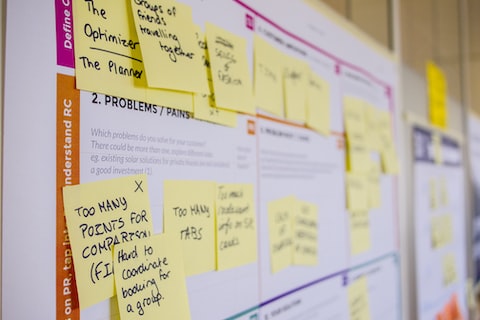Gamifying Work and Life: Exploring the Benefits and Challenges of Gamification
Are you a gaming enthusiast between the ages of 10-35? If so, you may be interested in the concept of gamification and how it can transform work and life. In this article, we will delve into the topic of gamification, understand its benefits, and explore the challenges associated with incorporating gamified elements into various aspects of our daily routines.
What is Gamification?
Gamification is the application of game-like elements and mechanics to tasks, experiences, and activities that are typically non-game related. By introducing game elements such as competition, rewards, and achievement badges, gamification aims to make tasks more engaging, motivating, and enjoyable.
The Benefits of Gamification
Gamification offers several benefits, especially for individuals who enjoy gaming:
- Increased Motivation: By introducing game elements, gamification can enhance motivation and make tasks more enjoyable. The sense of achievement and progress often associated with gaming can be applied to work and life, encouraging individuals to push themselves further.
- Improved Engagement: Gamification can increase engagement by creating interactive and immersive experiences. By transforming routine tasks into challenges or quests, individuals are more likely to remain engaged and focused.
- Skills Development: Game-based learning is an effective method for acquiring new skills and knowledge. Gamification provides opportunities for individuals to develop and improve various skills in a fun and engaging manner.
- Social Interaction: Many games emphasize social interaction, often through multiplayer components or online communities. Gamification can promote collaboration and interaction among individuals, fostering a sense of community.
- Progress Tracking: Games often provide visual representations of progress, allowing players to monitor their achievements. Gamifying work and life can offer similar progress tracking features, enabling individuals to track their accomplishments and objectives.
The Challenges of Gamification
While gamification presents numerous benefits, there are also challenges to consider:
- Designing Effective Game Elements: Creating game elements that align with the real-life tasks and goals can be challenging. It requires careful thought and planning to ensure that the gamified elements enhance rather than distract from the core objectives.
- Over-reliance on Rewards: An excessive focus on rewards can lead to individuals engaging in tasks solely for the reward rather than the intrinsic value of the task itself. Balancing rewards with the enjoyment of the activity is crucial.
- Individual Preferences: Not everyone enjoys gaming or finds it motivating. It’s essential to consider individual preferences and provide alternative methods for completing tasks for those who do not respond well to gamification.
- Maintaining Long-term Engagement: Sustaining individuals’ engagement throughout a gamified experience can be challenging. Continuously introducing new challenges and elements to keep the experience fresh is vital.
- Ensuring Fairness: In a gamified environment, fairness and equal opportunities for all participants are crucial. Designing systems that prevent abuse or unfair advantages is necessary.
Conclusion
Gamification has the potential to revolutionize how we approach work and life. By incorporating game elements into various tasks and activities, we can enhance motivation, improve engagement, and promote skill development. However, it’s important to carefully design and personalize gamified experiences to cater to individual preferences and ensure fairness. Embracing gamification can open doors to a more enjoyable and productive work and life.

